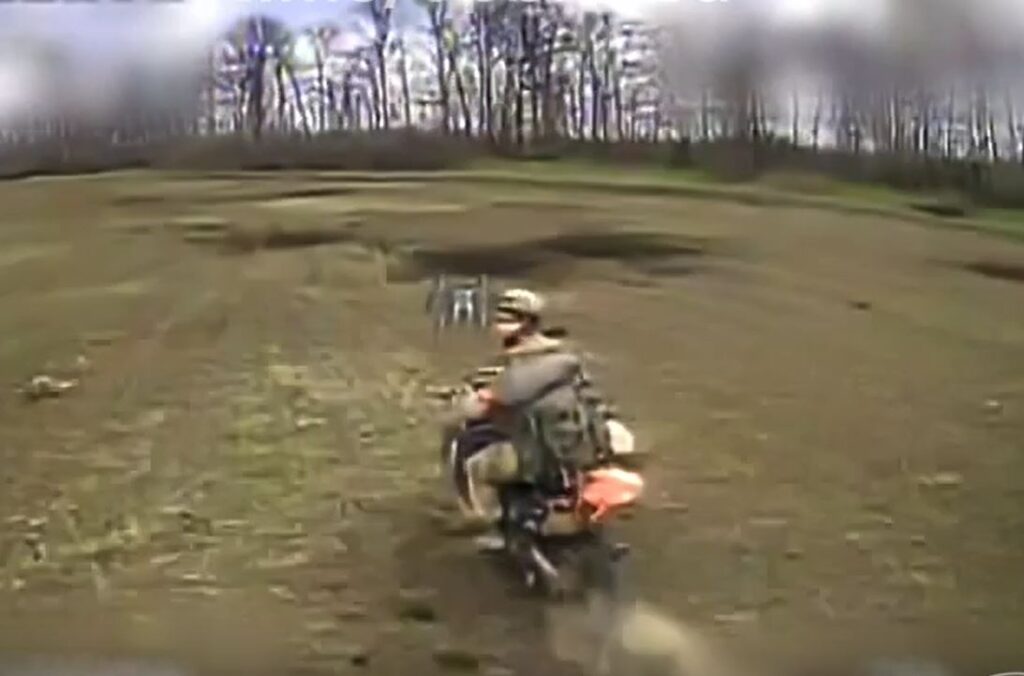ISW: Russia includes new military training focus — motorcycles. They evade drones better

Russia is expanding its military training infrastructure to include motorcycle programs as part of efforts to formalize new assault tactics developed during the war in Ukraine, according to the Institute for the Study of War (ISW).
The Russian Ministry of Defense published footage on 27 and 28 June showing officials visiting the Novosibirsk Higher Military Command School and a new military training ground in Krasnodar Krai, highlighting the creation of motorcycle training programs at these facilities.
Defense Minister Andrei Belousov ordered Ground Forces Commander Andrei Mordvichev to equip training facilities with motorcycles and All-terrain vehicles (ATVs) for what they’re calling “modern tactics.”
Russia has already modernized over 200 training centers based on what they’ve learned in Ukraine. The Krasnodar training ground now features dedicated tracks for motorcycles, ATVs, and quad bikes.
Who’s behind this tactical shift?
Ground Forces Commander Andrei Mordvichev appears to be the architect. Russian sources claim he pioneered motorcycle and ATV use in late 2024 during pushes toward Pokrovsk in Donetsk Oblast. By June 2025, his forces had developed formal operating procedures—now being rolled out across other front sectors.
But here’s the current reality: most Russian soldiers still get their motorcycles from volunteers or buy them personally. Mordvichev wants to change that through centralized procurement and stockpiling.
How many motorcycles is Russia buying?
The numbers vary dramatically depending on the source. Russian military channels report the country purchased over 40,000 Chinese-made motorcycles in 2024, with forces receiving 20,000 so far.
Future plans? One military source claims Russia wants 120,000 motorcycles, 30,000 ATVs, and 12,000 buggies by year’s end. Another source suggests an even more ambitious target: up to 200,000 motorcycles and 60,000 other light vehicles in 2025.
Do motorcycle assaults actually work?
Here’s where Russian confidence meets battlefield reality. A former Storm Z instructor painted a grim picture on 30 June: motorcycles and ATVs are sitting ducks for Ukrainian FPV drones. Worse, motorcycle assaults create higher killed-to-wounded ratios than traditional infantry attacks.
The instructor identified a potential solution—coordinating motorcycle units with heavy air support, drone coverage, and electronic warfare. But that level of coordination remains theoretical.
What’s the current impact? According to the Institute for the Study of War, motorcycles have marginally improved Russian forces’ ability to navigate contested areas and evade some drone strikes. The catch: Russia’s advance rate hasn’t meaningfully accelerated despite integrating these faster vehicles.
Read also
-
ISW: Russia slows tank reserve use, turns to motorcycles and ATVs amid drone threats
-
Frontline report: Russia sent soldiers on motorcycles with Soviet flags—Ukraine made them burn
-
Russians fuel motorcycles for one-way attacks on Ukrainian positions in Donetsk Oblast
-
Russia uses golf carts and motorcycles for assaults in Donetsk Oblast